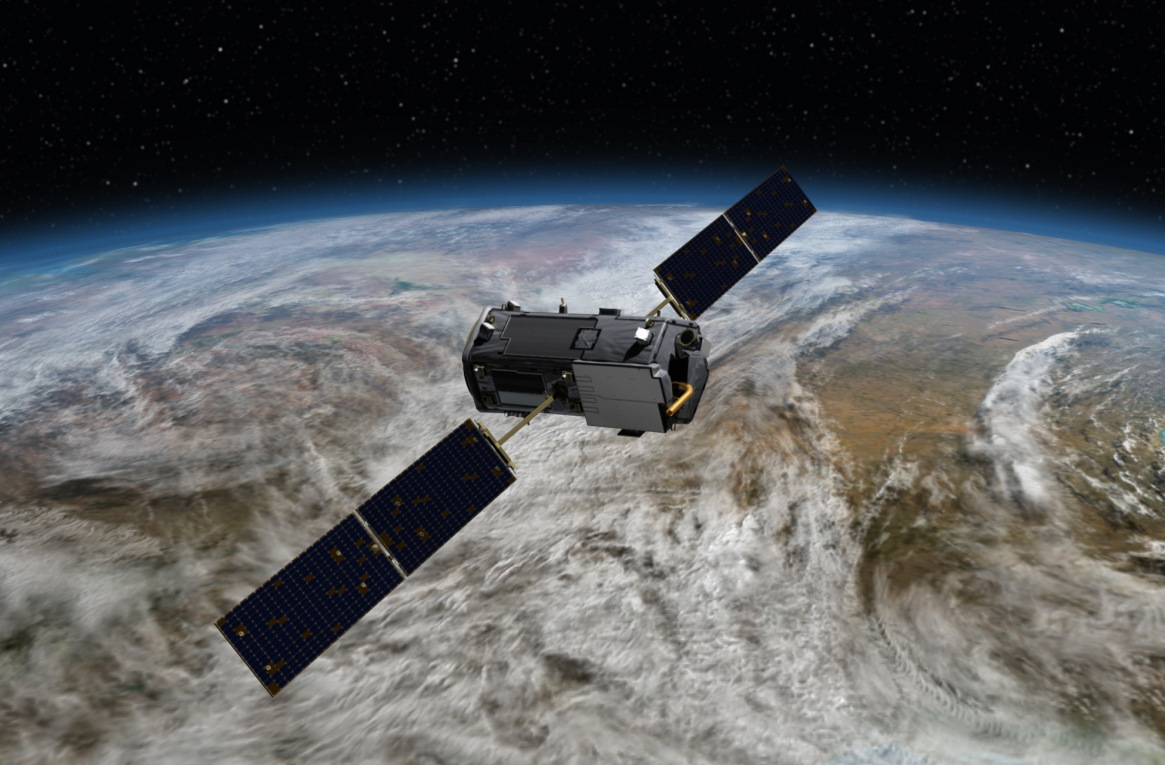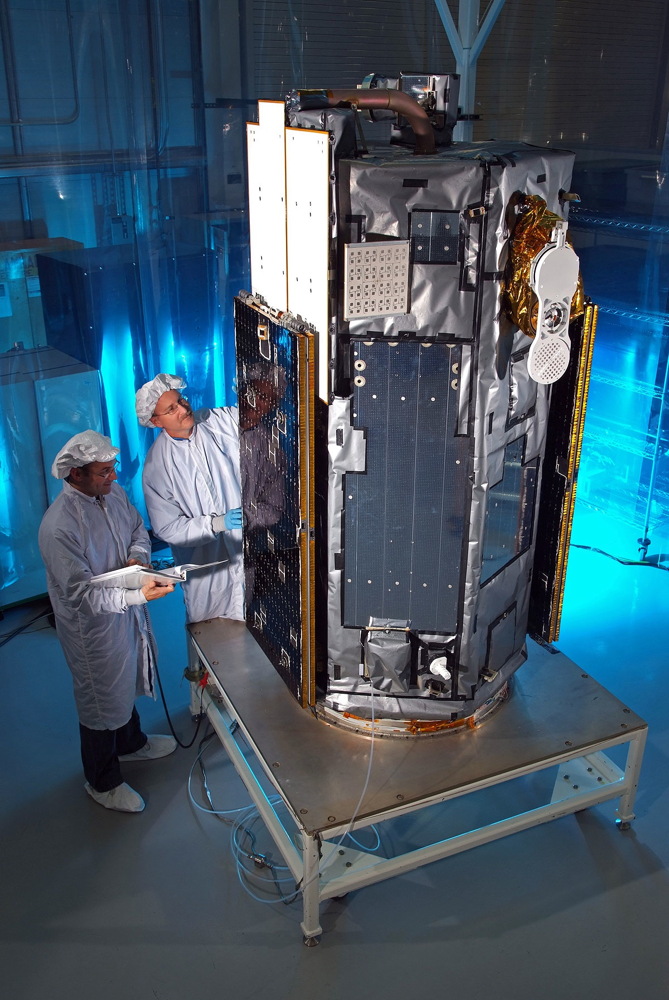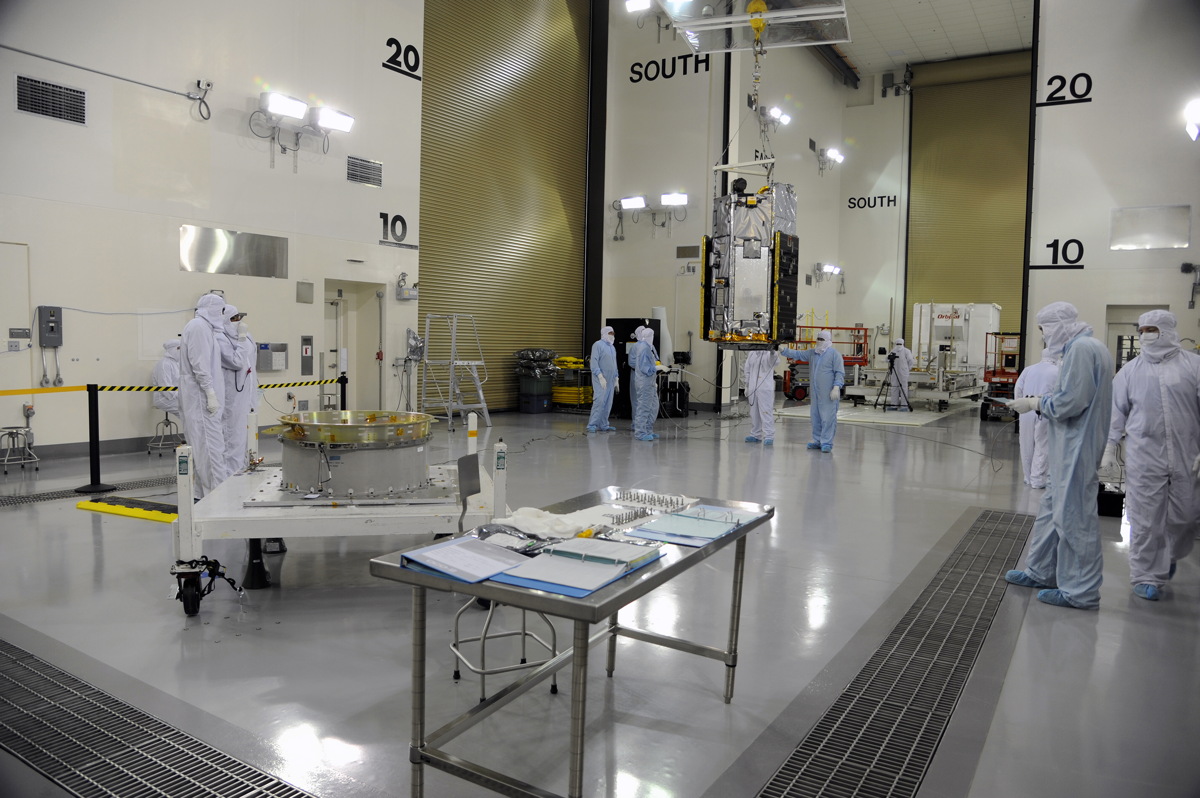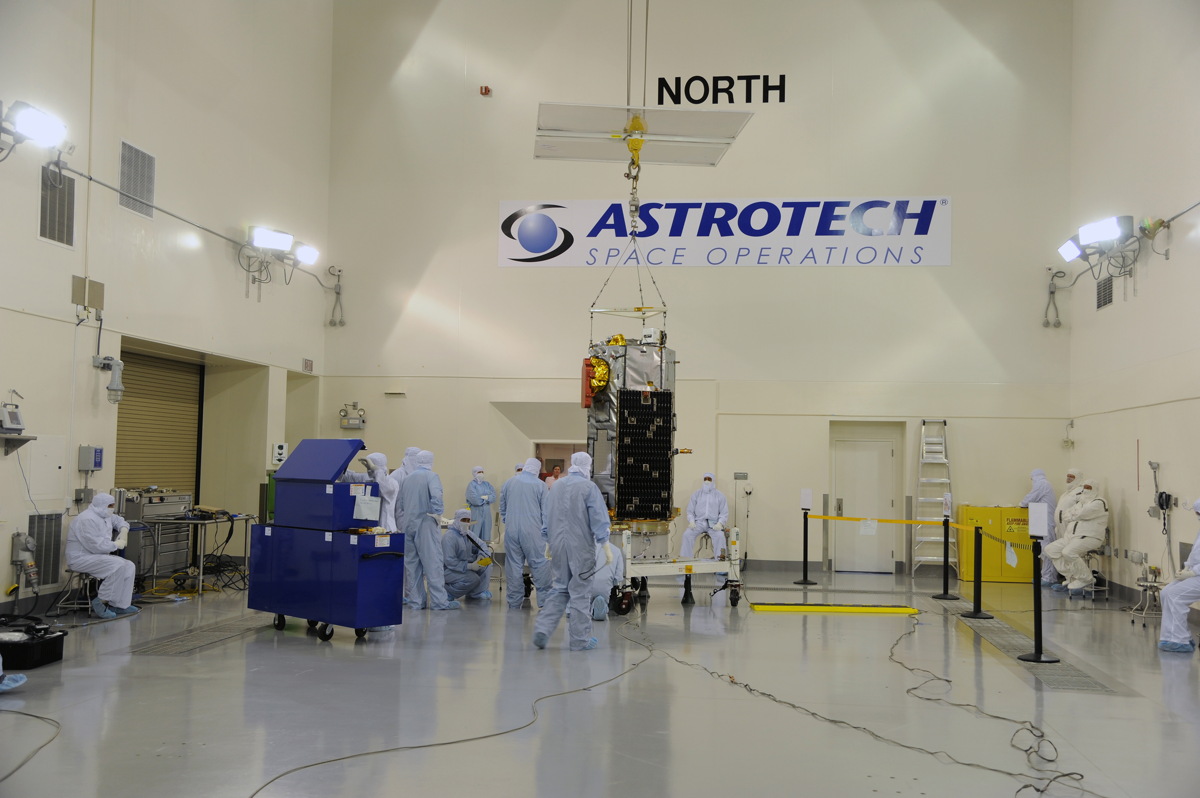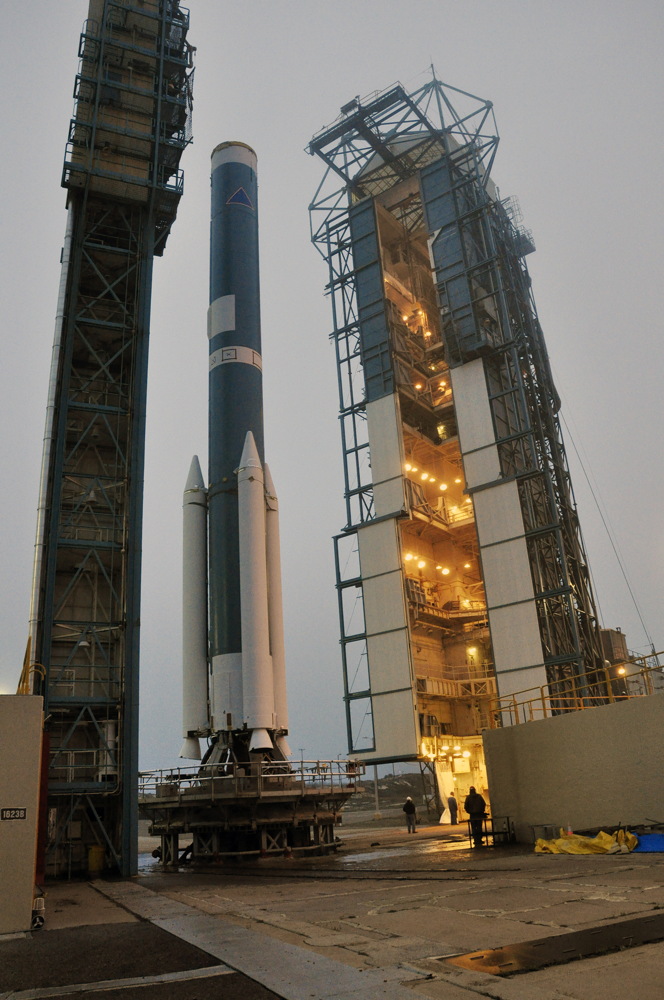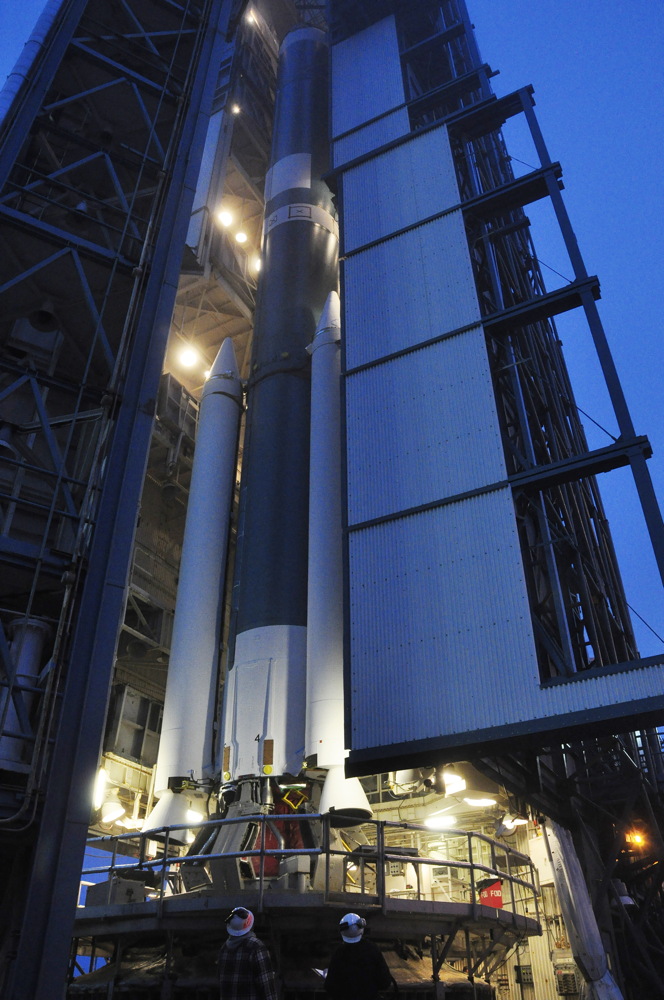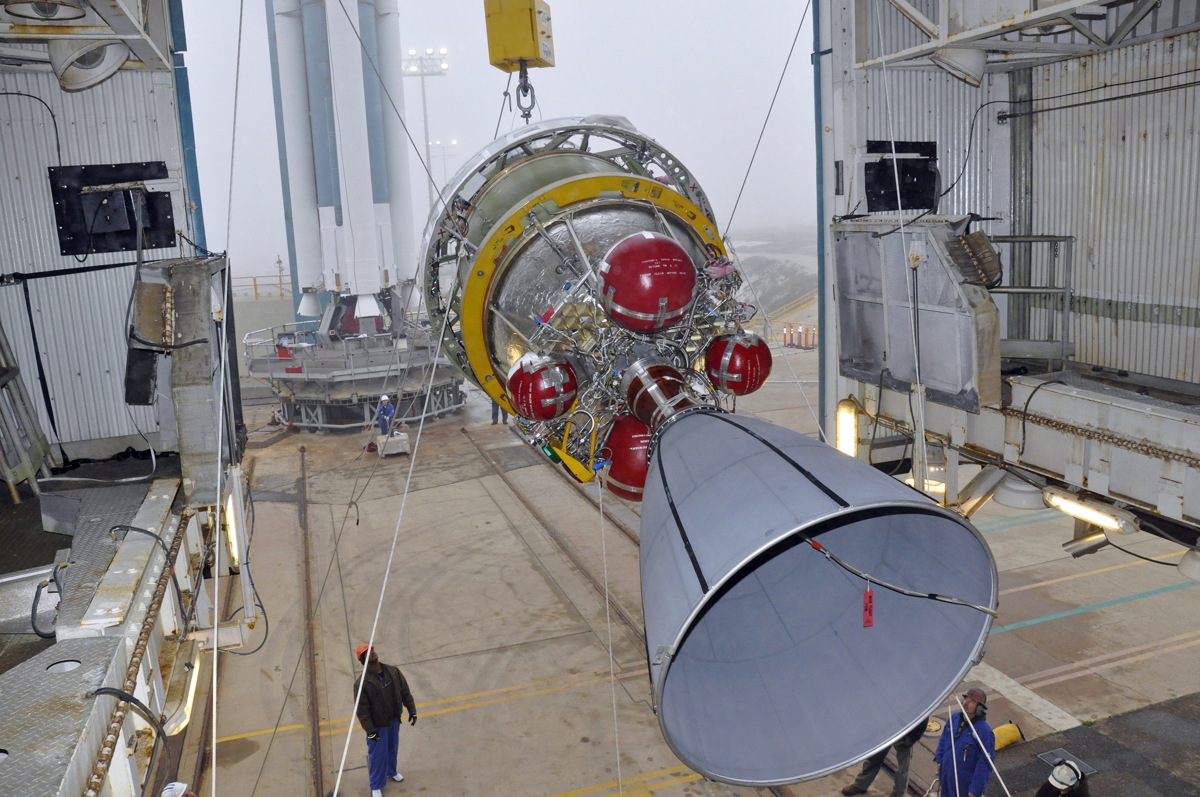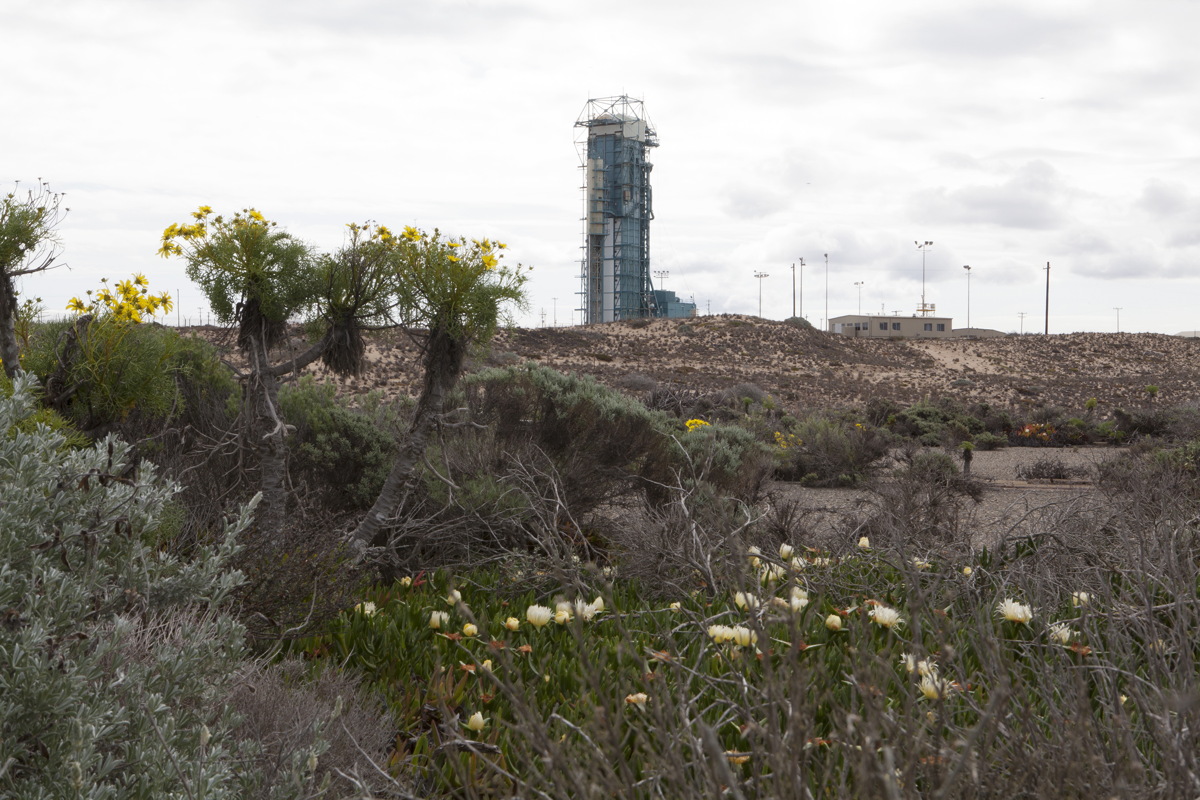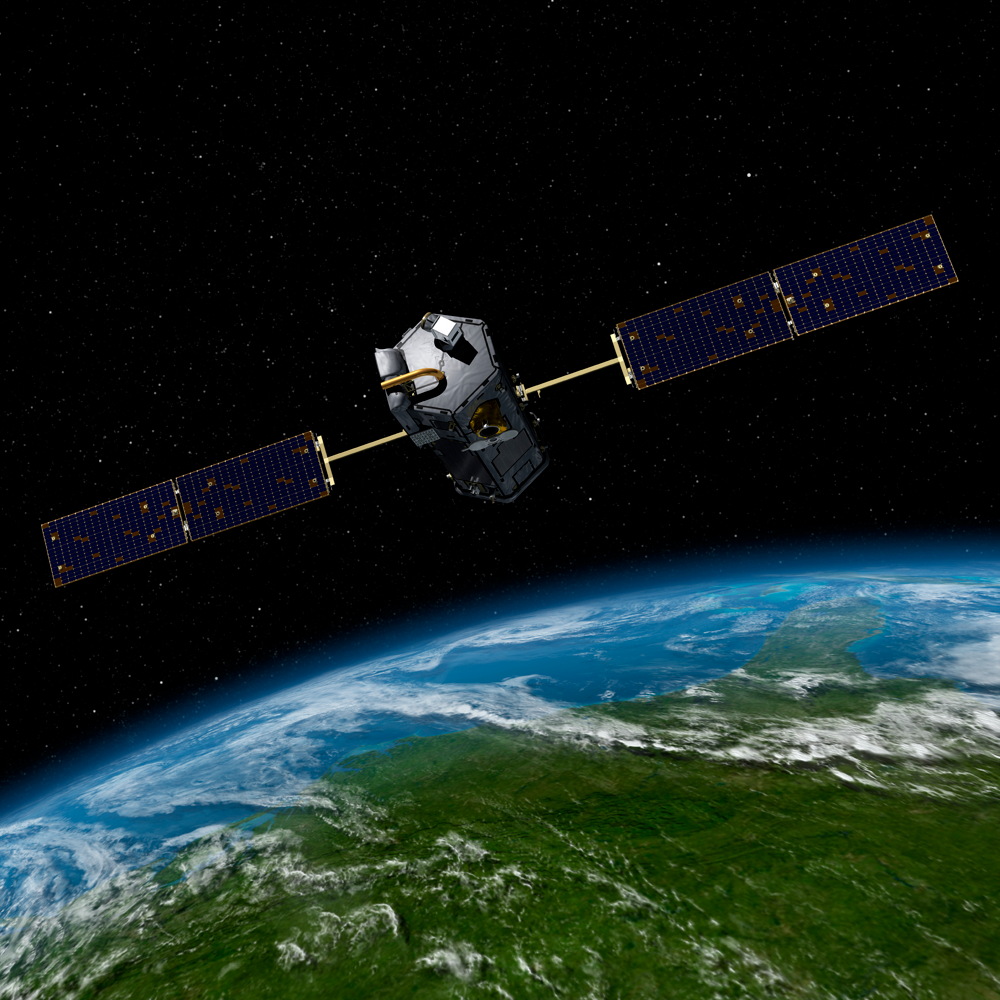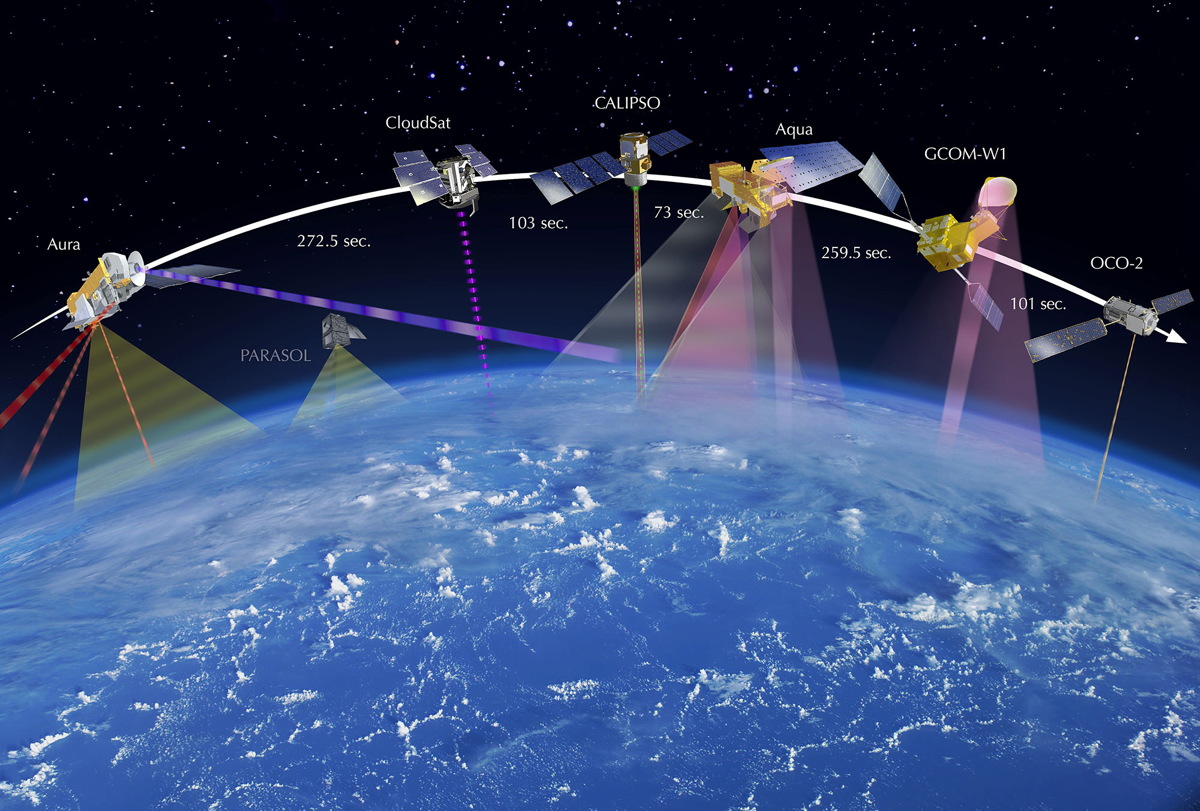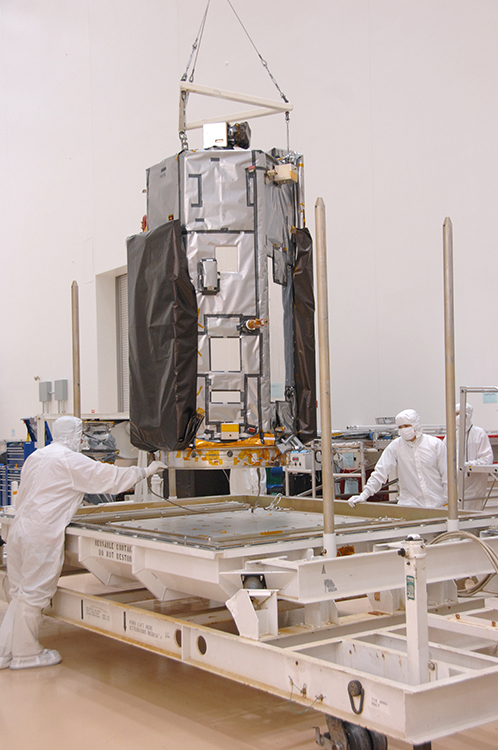CO2 Satellite: NASA's Orbiting Carbon Observatory-2 Mission in Photos
Orbiting Carbon Observatory-2
NASA's Orbiting Carbon Observatory-2 (OCO-2) will study atmospheric carbon dioxide from space. See images and photos from the carbon-hunting mission in this Space.com gallery. In this image, the OCO-2 satellite orbits the Earth in an artist's illustration.
NASA's Global CO2 Surveyor
Engineers work on NASA's Orbiting Carbon Observatory 2, an Earth-orbiting satellite dedicated to tracking the amount of carbon dioxide in the planet's atmosphere.
Orbiting Carbon Observatory-2 Glides Across the Room
In the Astrotech payload processing facility on Vandenberg Air Force Base in California, Orbital Sciences workers and technicians steady NASA's Orbiting Carbon Observatory-2, or OCO-2, as it glides across the room from its transportation trailer toward a test fixture. Photo released May 15, 2014.
Orbiting Carbon Observatory-2 Secured Onto Test Fixture
In the Astrotech payload processing facility on Vandenberg Air Force Base in California, NASA's Orbiting Carbon Observatory-2, or OCO-2, is secured onto a test fixture. Image released May 1, 2014.
The Mobile Service Tower Rolls Away
At Space Launch Complex 2 on Vandenberg Air Force Base in California, the mobile service tower rolls away from the launch stand supporting the Delta II first stage. Operations are underway to mate the rocket's first and second stages. OCO-2 is scheduled to launch aboard a United Launch Alliance Delta II rocket in July. Image released April 15, 2014.
Delta II Second Stage Mating
At Space Launch Complex 2 on Vandenberg Air Force Base in California, preparations are underway to mate the Delta II second stage for NASA's Orbiting Carbon Observatory-2 mission, or OCO-2, to the first stage of the rocket, already in place on the launch stand. Image released April 15, 2014.
Delta II Second Stage for OCO-2
The Delta II second stage for NASA's Orbiting Carbon Observatory-2 mission, or OCO-2, is lifted into the mobile service tower at Space Launch Complex 2 on Vandenberg Air Force Base in California. Image released April 15, 2014.
Breaking space news, the latest updates on rocket launches, skywatching events and more!
Space Launch Complex 2 at Vandenberg Air Force Base
The natural terrain on Vandenberg Air Force Base in California provides a stark contrast to the steel launch tower on Space Launch Complex 2 where preparations are underway for the upcoming launch of NASA's Orbiting Carbon Observatory-2 mission, or OCO-2, aboard a United Launch Alliance Delta II rocket in July. Photo released April 4, 2014.
Artist's Rendition of the OCO-2 Observatory
Artist's rendition of NASA's OCO-2 satellite in orbit. OCO-2 launched on July 2, 2014 and made its first science measurements a month later, on Aug. 6.
A-Train Constellation with Details
The OCO-2 spacecraft will fly with a series of other Earth orbiting satellites, known as the Earth Observing System Afternoon Constellation or the A-train. These satellites all cross the equator at approximately noontime, a few minutes apart from each other. This artist's depiction of the A-train constellation shows the separation times.
Orbiting Carbon Observatory-2 Prepared for Shipment
Technicians at Orbital Sciences Corp.'s Satellite Manufacturing Facility in Gilbert, Ariz., prepare NASA's Orbiting Carbon Observatory-2 spacecraft for shipment to its launch site at California's Vandenberg Air Force Base.

Space.com is the premier source of space exploration, innovation and astronomy news, chronicling (and celebrating) humanity's ongoing expansion across the final frontier. Originally founded in 1999, Space.com is, and always has been, the passion of writers and editors who are space fans and also trained journalists. Our current news team consists of Editor-in-Chief Tariq Malik; Editor Hanneke Weitering, Senior Space Writer Mike Wall; Senior Writer Meghan Bartels; Senior Writer Chelsea Gohd, Senior Writer Tereza Pultarova and Staff Writer Alexander Cox, focusing on e-commerce. Senior Producer Steve Spaleta oversees our space videos, with Diana Whitcroft as our Social Media Editor.
